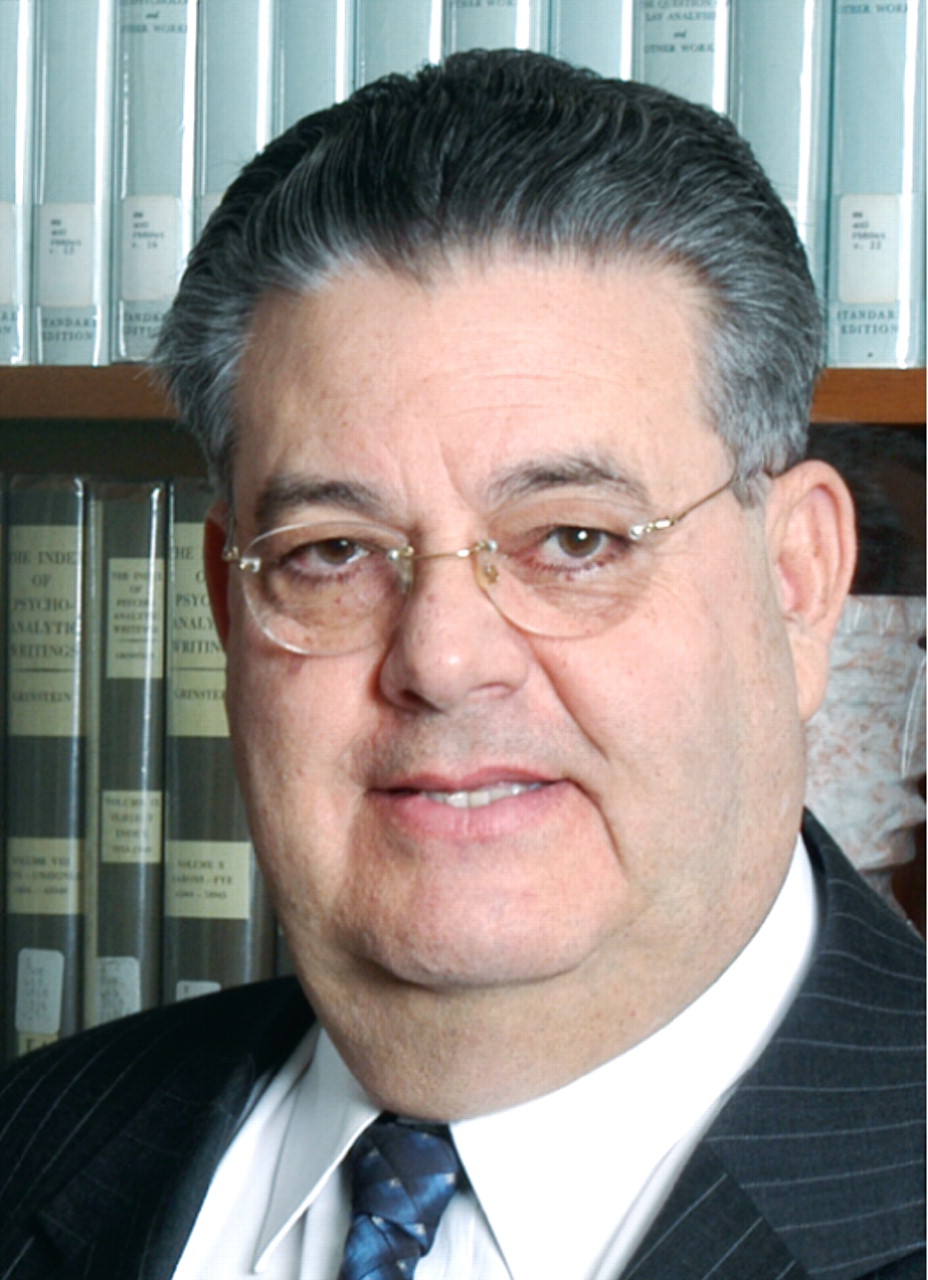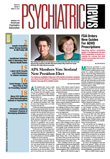Although the formal revision of DSM-V has not started, the first phase of the DSM-V project began in 1999 with the development of six preplanning “white papers.” These papers were published in the 2002 monograph A Research Agenda for DSM-V by American Psychiatric Publishing Inc. The second phase of the project consists of a series of 10 planning conferences organized and administered by the American Psychiatric Institute for Research and Education (APIRE). The main objectives of the conferences are to facilitate, as much as possible, the unification of the DSM and ICD systems, to foster empirical research, and to help develop alternative research standards for investigations geared toward the criteria related to the etiology and pathophysiology of psychiatric disorders.
While previous nosologic research was concentrated on the reliability of diagnostic criteria, the future calls for the study of the validity of psychiatric disorders from a pathophysiology point of view. Additionally, the unification of the DSM and ICD systems will be highly beneficial to the field from scientific, clinical, and policy viewpoints.
The first of the planning conferences, conducted under a five-year collaborative grant of $1.1 million awarded in 2003 by the National Institute of Mental Health, the National Institute on Drug Abuse, and the National Institute on Alcohol Abuse and Alcoholism, took place in December 2004 under the theme “Future of Psychiatric Diagnosis: Refining the Research Agenda.” This conference was held at APA headquarters in Arlington, Va. Other conferences in the series were held or will be held as follows:“ Personality Disorders,” December 2004; “Stress Induced and Fear Circuit Disorders,” June 2005; “Diagnostic Issues in Dementia,” September 2005; “Deconstructing Psychosis,” February, 2006; “Obsessive-Compulsive Behavioral Spectrums,” June 2006; “Dimensional Issues in Diagnosis,” July 2006; “Somatic Presentations,” September 2006; “Externalizing Disorders of Childhood,” February 2007; “Depression and Generalized Anxiety Disorders,” June 2007; and “Public Health,” September 2007.
Another phase of the DSM-V planning process is the ongoing organization of the DSM-V Task Force, chaired by David Kupfer, M.D., with Darrel Regier, M.D., M.P.H., as vice chair. Launched in November 2006, this task force will select and oversee the activities of the DSM-V work groups. The work groups will assure maximum participation of experts representing a wide range of research and clinical expertise in each of the diagnostic and structural areas to be covered by DSM-V. The work groups will also be in charge of examining the accumulated research evidence before making recommendations for criteria changes, additions, and deletions of psychiatric disorders in the DSM-V.
In June 2006 the APA Board of Trustees reviewed and approved a disclosure form drafted by a Board task force chaired by Dr. Nada Stotland. This disclosure form represents the strongest and most comprehensive disclosure form in APA's history. It is hoped that it will effectively prevent the“ conflict-of-interest” problems that have surfaced in the past few years, primarily regarding researchers and their sources of research funding. Since July 2006, a Board task force led by APA Secretary-Treasurer Dr. Donna Norris has been in charge of screening all the nominees for the DSM-V Task Force and the DSM-V work groups. As I write this, almost all of the DSM-V Task Force members have been screened and appointed, and the screening of nominees for the DSM-V work groups should be completed in the very near future. While the process has been difficult and complex, it is a necessary step in ensuring the integrity of DSM-V.
Eight years into the process, DSM-V is on schedule regarding deadlines and outcomes, with an expected publication date of 2012. You can follow developments in the DSM-V project on its Web site at<www.dsm5.org>. We all look forward to the production of what appears to be the next level of an essential resource for the field of psychiatry, not only in the United States but abroad as well. My personal thanks to everyone who was or will be involved in this project. I feel privileged to have the opportunity to be part of this process. ▪

